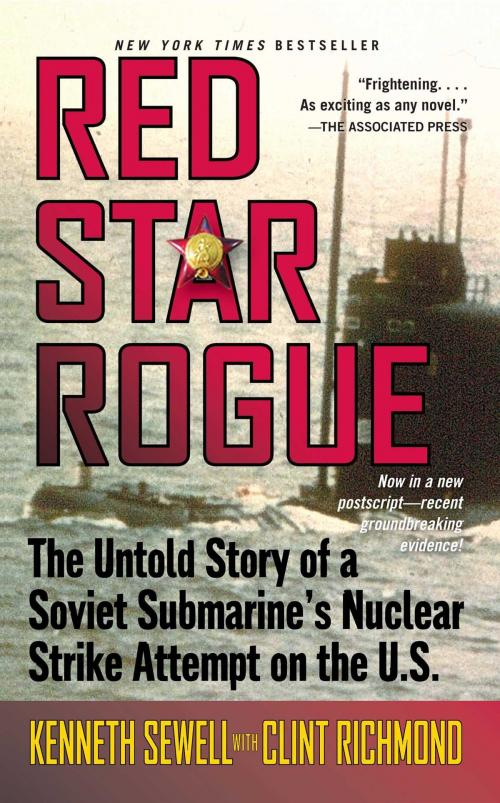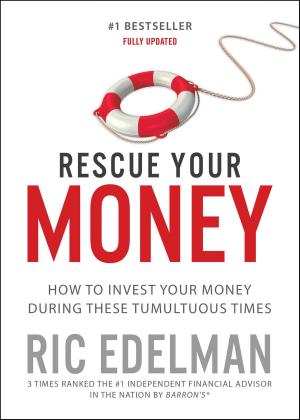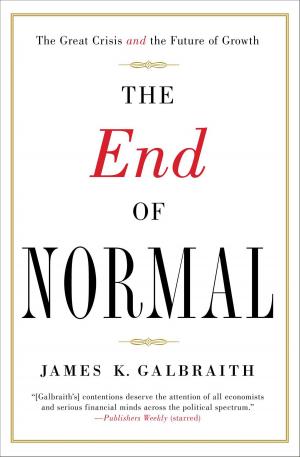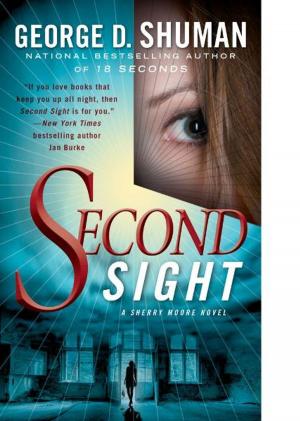Red Star Rogue
The Untold Story of a Soviet Submarine's Nuclear Strike Attempt on the U.S.
Nonfiction, History, Military, Nuclear Warfare| Author: | Kenneth Sewell, Clint Richmond | ISBN: | 9780743274654 |
| Publisher: | Simon & Schuster | Publication: | October 1, 2005 |
| Imprint: | Simon & Schuster | Language: | English |
| Author: | Kenneth Sewell, Clint Richmond |
| ISBN: | 9780743274654 |
| Publisher: | Simon & Schuster |
| Publication: | October 1, 2005 |
| Imprint: | Simon & Schuster |
| Language: | English |
One of the great secrets of the Cold War, hidden for decades, is revealed at last.
Early in 1968 a nuclear-armed Soviet submarine sank in the waters off Hawaii, hundreds of miles closer to American shores than it should have been. Compelling evidence, assembled here for the first time, strongly suggests that the sub, K-129, sank while attempting to fire a nuclear missile, most likely at the naval base at Pearl Harbor.
We now know that the Soviets had lost track of the sub; it had become a rogue. While the Soviets searched in vain for the boat, U.S. intelligence was able to pinpoint the site of the disaster. The new Nixon administration launched a clandestine, half-billion-dollar project to recover the sunken K-129. Contrary to years of deliberately misleading reports, the recovery operation was a great success. With the recovery of the sub, it became clear that the rogue was attempting to mimic a Chinese submarine, almost certainly with the intention of provoking a war between the U.S. and China. This was a carefully planned operation that, had it succeeded, would have had devastating consequences. During the successful recovery effort, the U.S. forged new relationships with the USSR and China. Could the information gleaned from the sunken sub have been a decisive factor shaping the new policies of détente between the Americans and the Soviets, and opening China to the West? And who in the USSR could have planned such a bold and potentially catastrophic operation?
Red Star Rogue reads like something straight out of a Tom Clancy novel, but it is all true. Today our greatest fear is that terrorists may someday acquire a nuclear weapon and use it against us. In fact, they have already tried.
One of the great secrets of the Cold War, hidden for decades, is revealed at last.
Early in 1968 a nuclear-armed Soviet submarine sank in the waters off Hawaii, hundreds of miles closer to American shores than it should have been. Compelling evidence, assembled here for the first time, strongly suggests that the sub, K-129, sank while attempting to fire a nuclear missile, most likely at the naval base at Pearl Harbor.
We now know that the Soviets had lost track of the sub; it had become a rogue. While the Soviets searched in vain for the boat, U.S. intelligence was able to pinpoint the site of the disaster. The new Nixon administration launched a clandestine, half-billion-dollar project to recover the sunken K-129. Contrary to years of deliberately misleading reports, the recovery operation was a great success. With the recovery of the sub, it became clear that the rogue was attempting to mimic a Chinese submarine, almost certainly with the intention of provoking a war between the U.S. and China. This was a carefully planned operation that, had it succeeded, would have had devastating consequences. During the successful recovery effort, the U.S. forged new relationships with the USSR and China. Could the information gleaned from the sunken sub have been a decisive factor shaping the new policies of détente between the Americans and the Soviets, and opening China to the West? And who in the USSR could have planned such a bold and potentially catastrophic operation?
Red Star Rogue reads like something straight out of a Tom Clancy novel, but it is all true. Today our greatest fear is that terrorists may someday acquire a nuclear weapon and use it against us. In fact, they have already tried.















